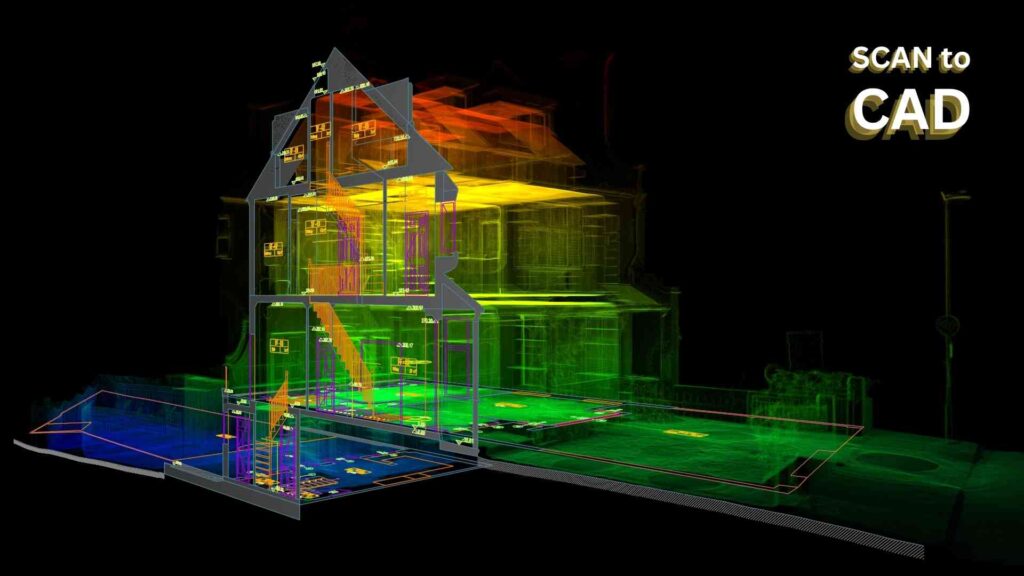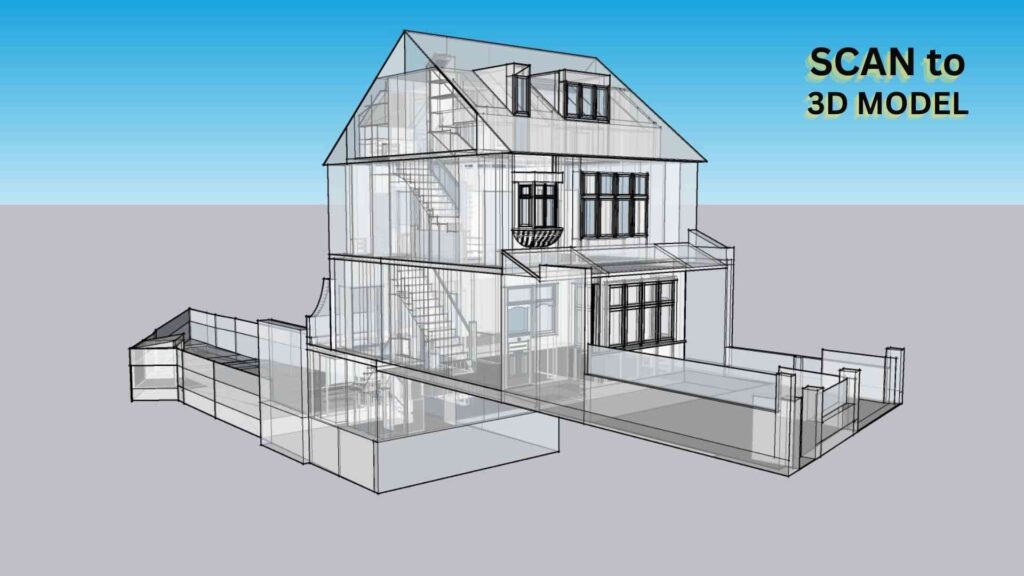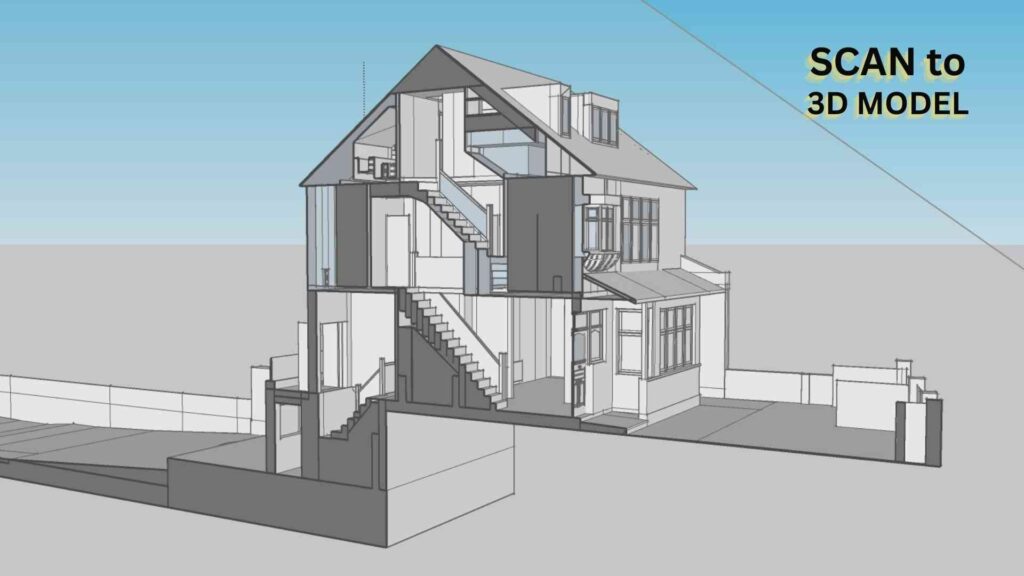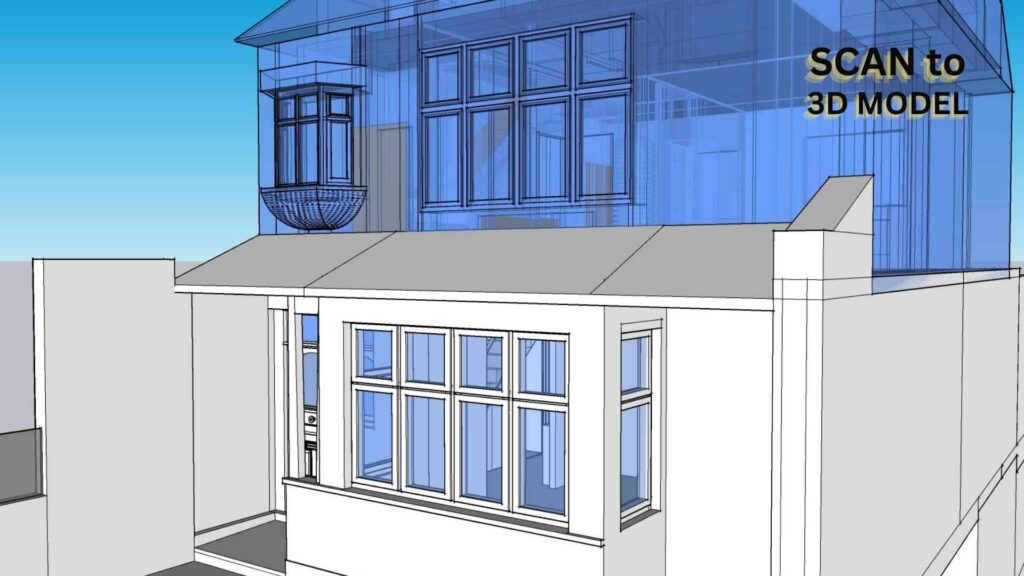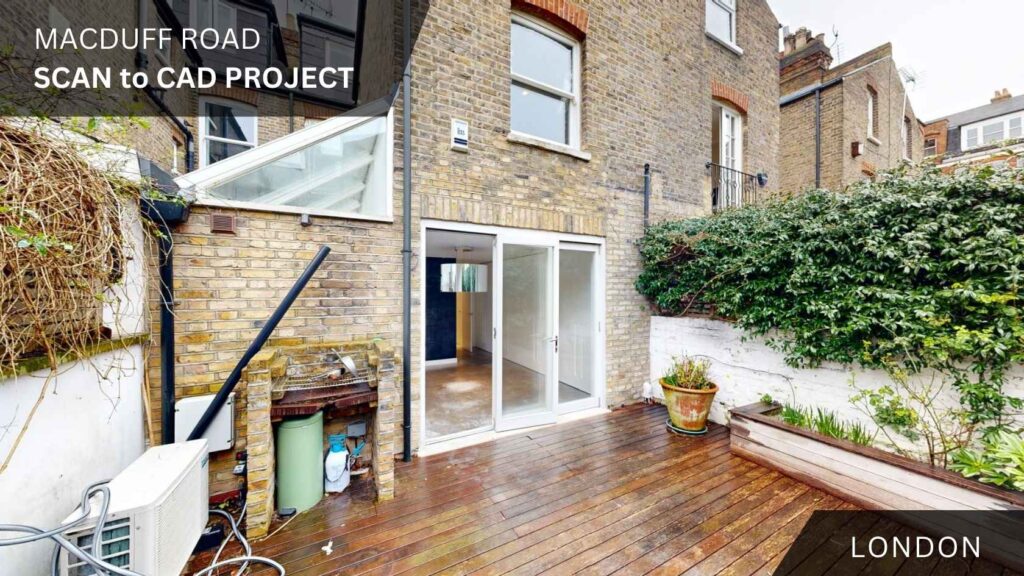Home Park Road Scan to Cad & Model project
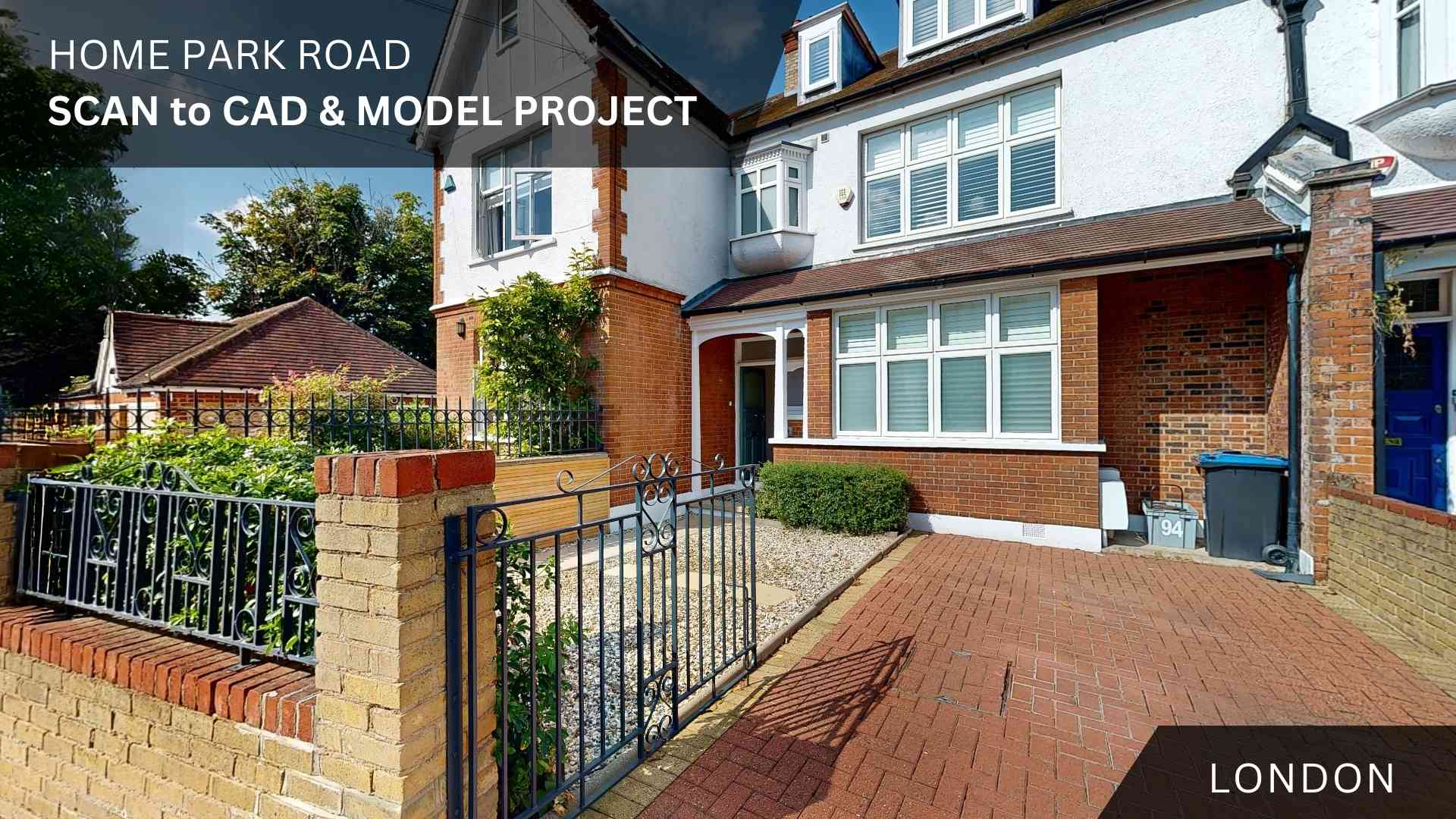
Location
United Kingdon / London
Client
OZA DESIGN
Built Area
Indoor 188 m2 (2017 sqf)
Outdoor 160 m2 (1720 sqf)
Type
Private House
Status
Done
Project Details
For an architectural renovation project in the heart of London, we had the pleasure of collaborating with the esteemed design firm, OZA Design. Our role was to precisely capture the building’s dimensions using cutting-edge laser scanning technology, ensuring the project had the highest level of measurement accuracy.
Utilizing laser scanning, we collected highly detailed data of the entire structure and delivered comprehensive as-built CAD drawings. Additionally, we created a fully immersive 3D model of the building for the OZA Design team. This allowed their architects and designers to remotely explore the space, as if they were physically present, without the need for site visits.
With both the 3D model and the accurate CAD files we provided, OZA Design’s team was able to carry out the design and planning processes seamlessly. These resources enabled them to make well-informed decisions and move forward efficiently, having access to every crucial detail of the building at their fingertips, remotely.
The Game-Changing Benefits of Laser Scanning for Architectural 3D Modeling
-
High Precision and Accuracy: Laser scanners capture millions of data points, producing highly accurate 3D models with precise measurements. This level of accuracy is crucial for architectural projects where detailed information is needed, especially for renovations or restorations of existing structures.
-
Time Efficiency: Traditional measurement methods can be time-consuming. Laser scanning allows for quick data collection, reducing the time spent on-site and speeding up the overall project timeline.
-
Comprehensive Data: Laser scanning captures the complete geometry of the site, including hidden or hard-to-reach areas. This ensures that no detail is missed, which can help avoid errors or oversights in the design process.
-
As-Built Documentation: 3D models created from laser scans serve as an accurate representation of the “as-built” condition of a structure. This is particularly useful for retrofits, renovations, and restorations, providing a reliable base for future designs.
-
Collaboration and Remote Access: 3D models can be shared with all project stakeholders, allowing architects, engineers, and contractors to collaborate more effectively, even if they are located in different parts of the world. Digital twins created from laser scans enable virtual site visits and remote exploration of the space.
-
Improved Design Accuracy: The precise data collected can be integrated into Building Information Modeling (BIM) workflows, improving the quality of design and reducing errors in construction due to outdated or incomplete information.
-
Cost Savings: By reducing the time and errors associated with manual measurements, laser scanning helps save costs in the design and construction phases. The ability to detect potential issues early on in the project minimizes rework and unexpected expenses.
-
Historical Preservation: For heritage or historical buildings, laser scanning allows for non-intrusive data collection. It captures the current state of the structure without causing damage, providing a detailed digital record for preservation or future restoration efforts.
In summary, laser scanning offers architects faster, more accurate, and more efficient methods for capturing real-world measurements, resulting in better project outcomes and fewer mistakes compared to traditional methods
Project Gallery
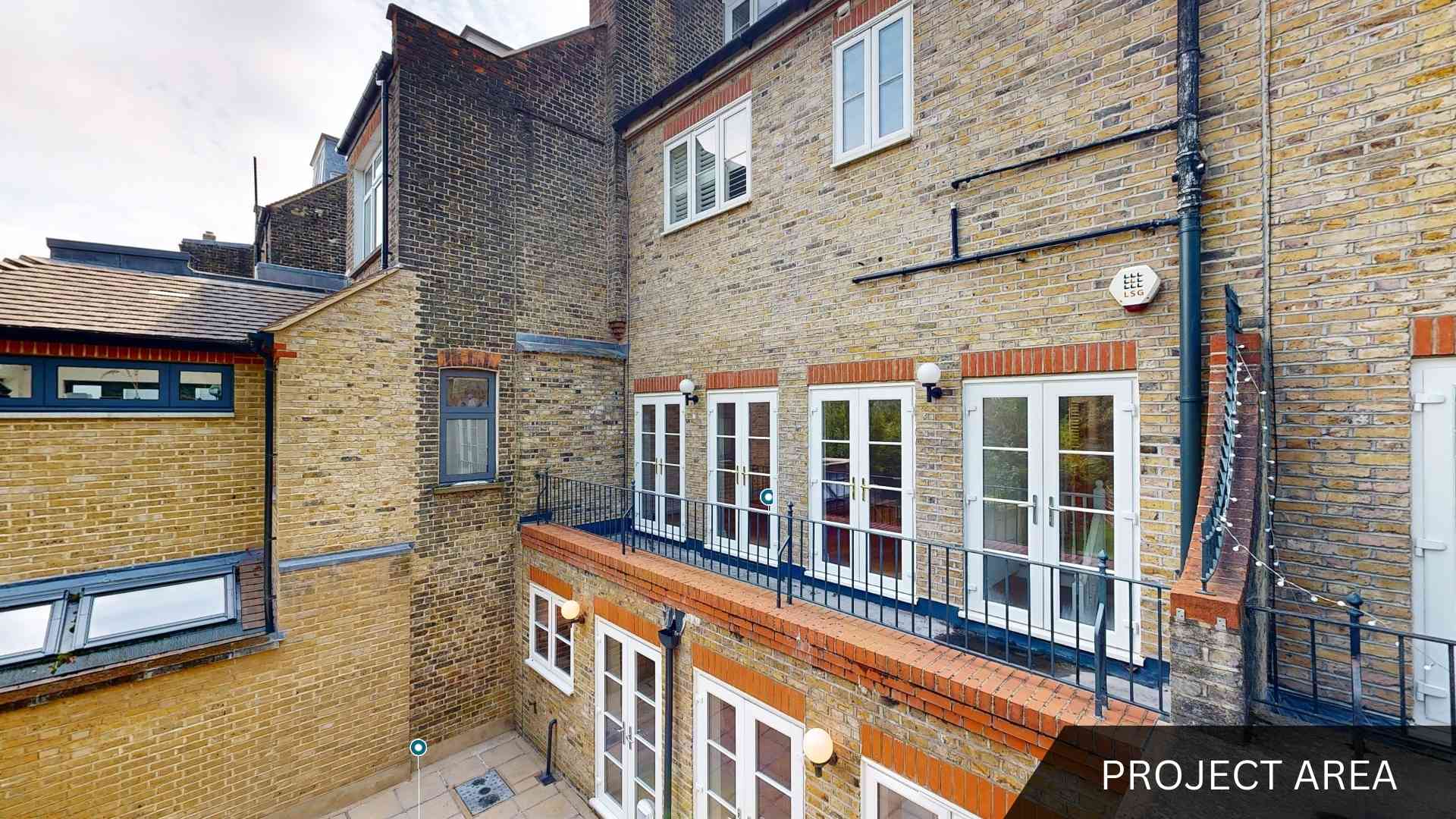
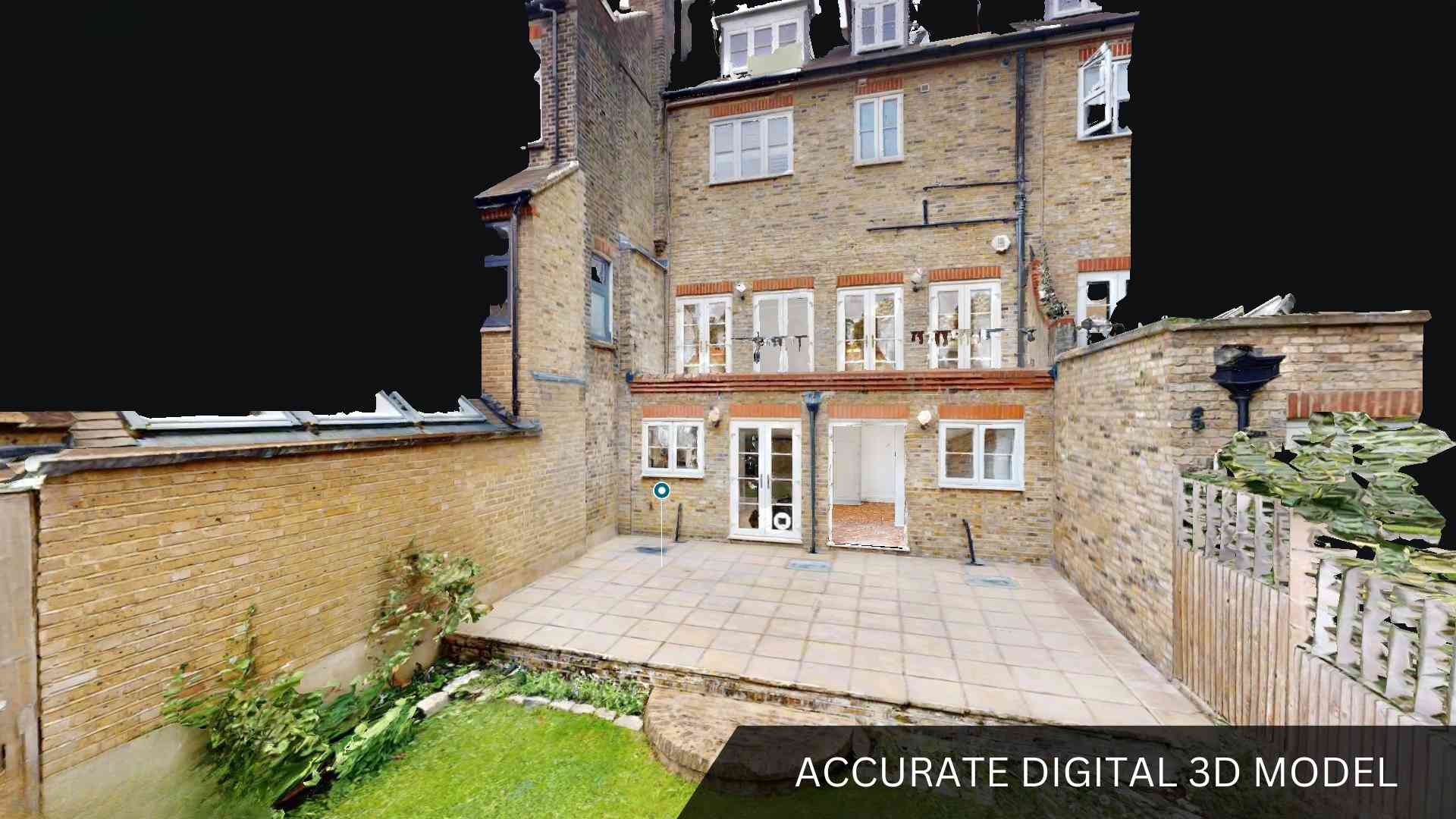
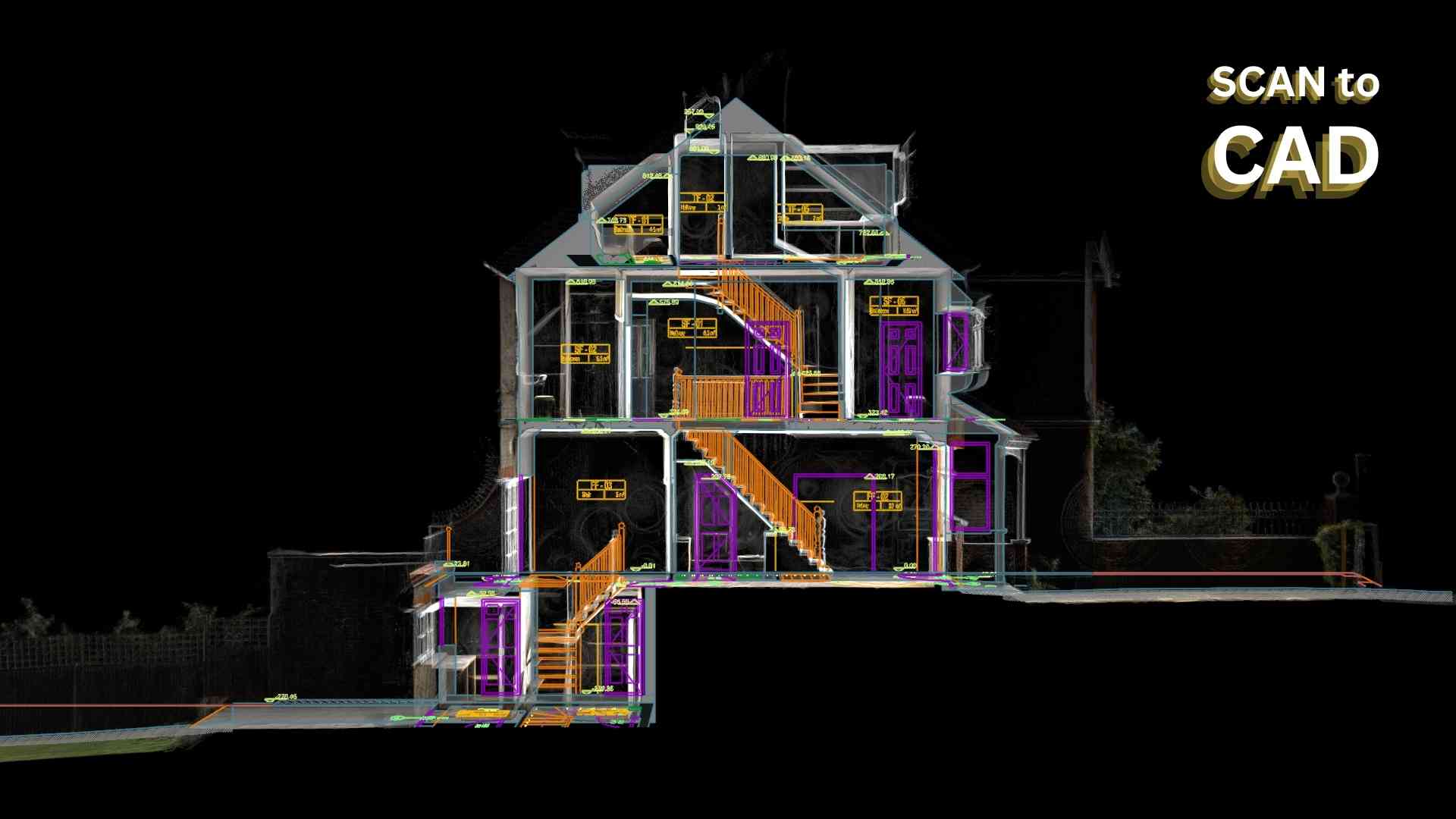
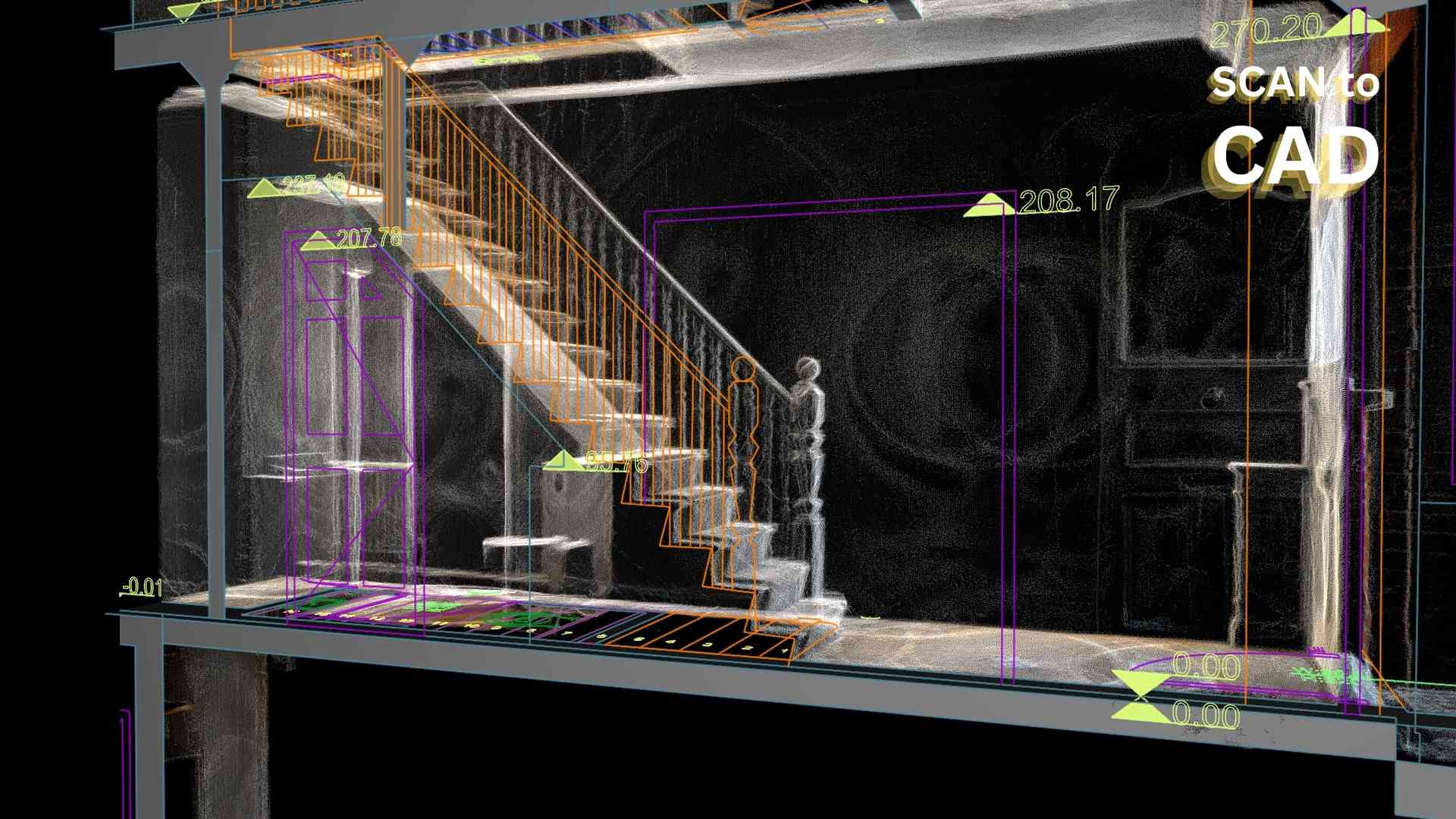
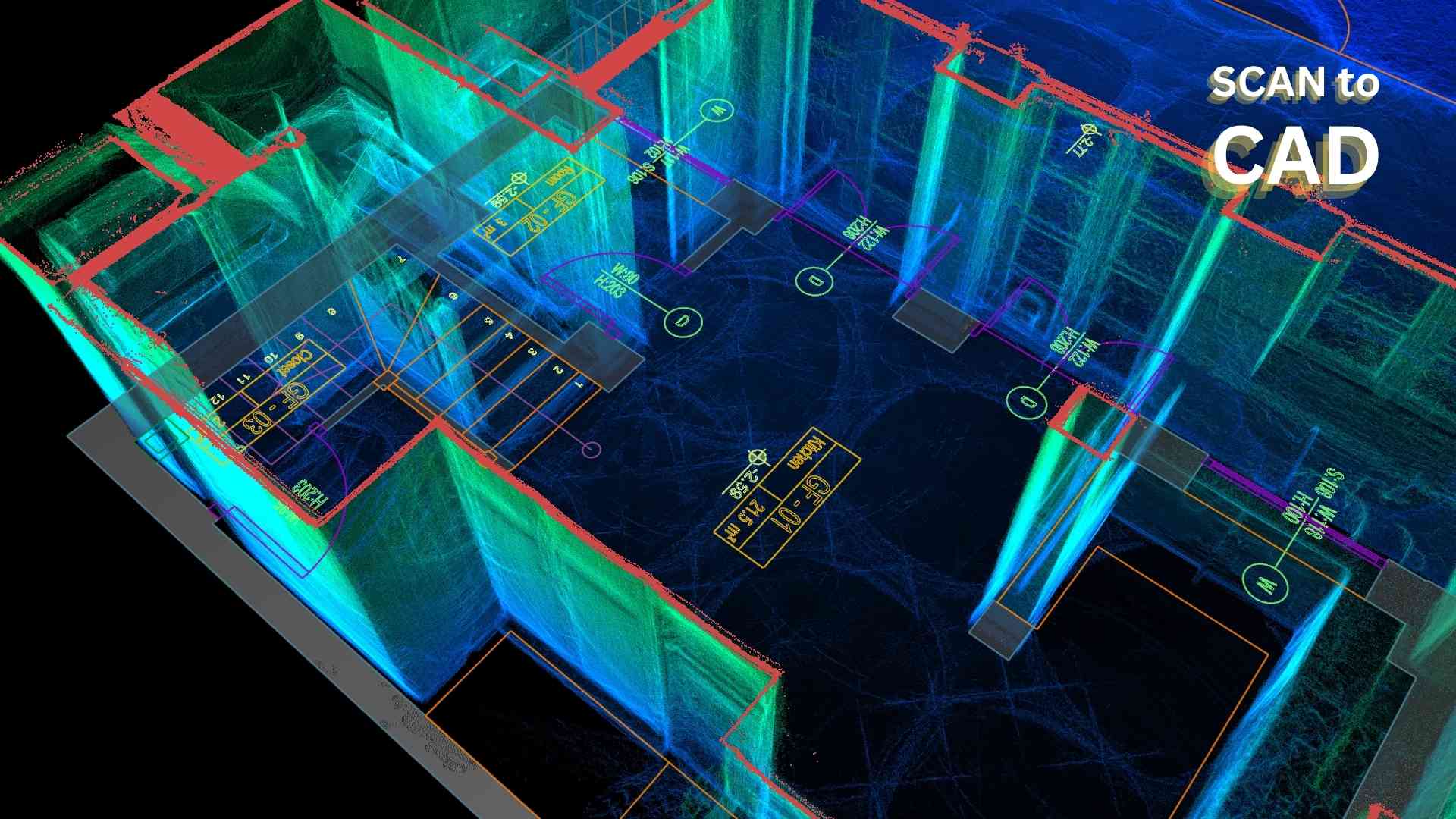
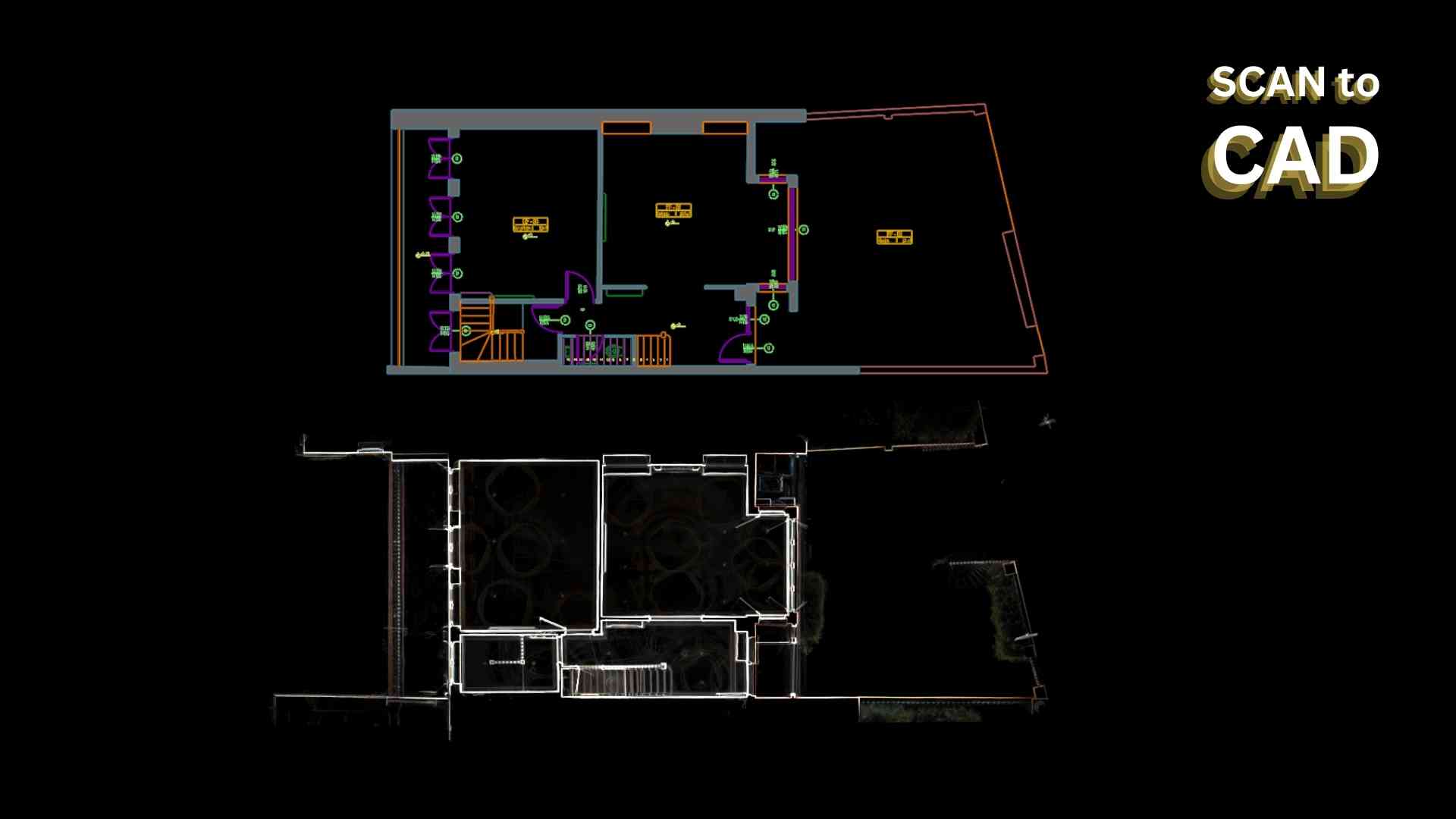
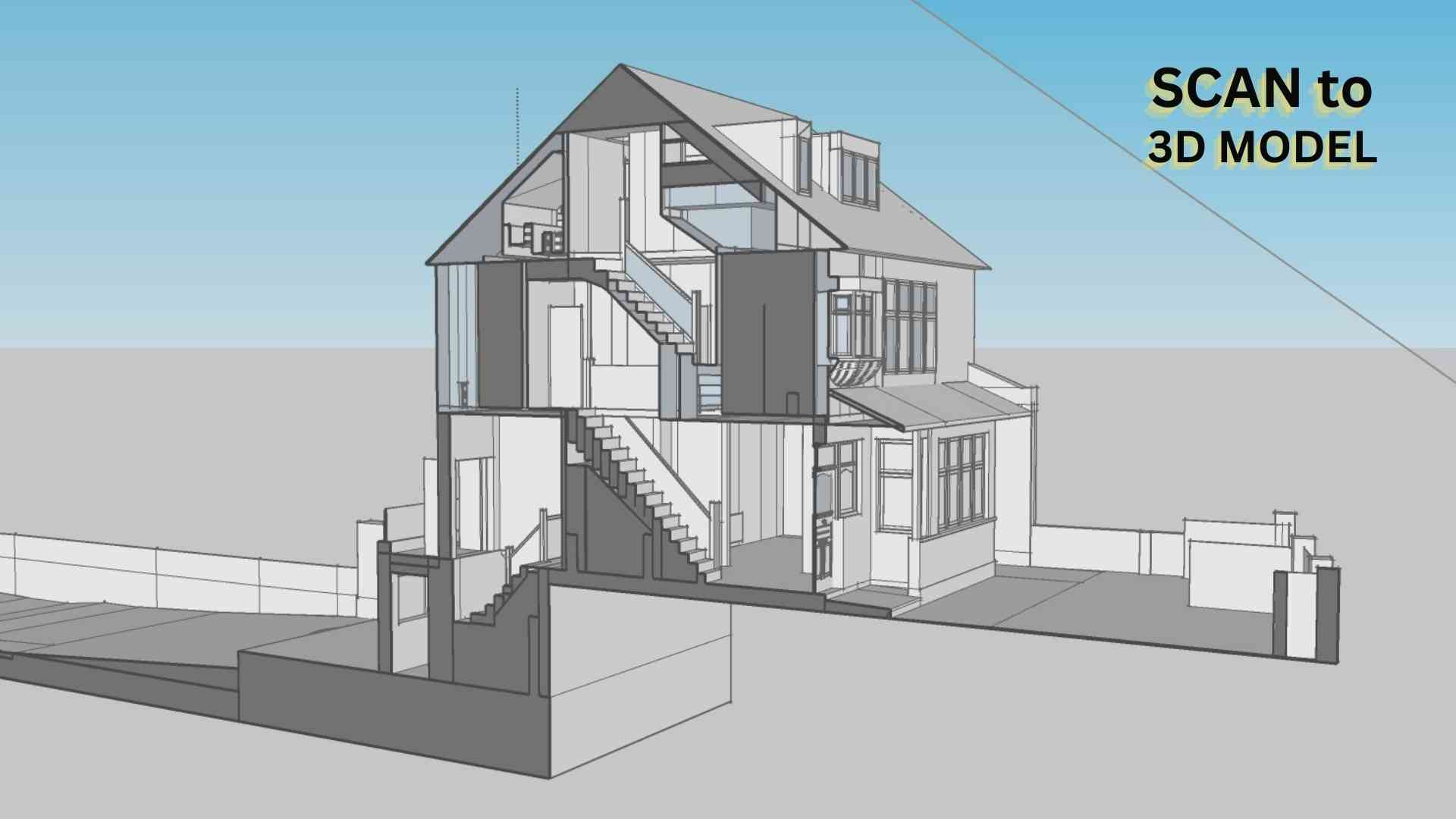
The video you will watch is a creative content video created by combining point cloud, 3d model, building sections, and panorama photos.

